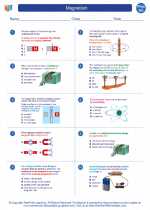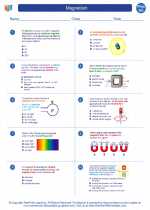Condensation
Condensation is a process in which a substance changes its physical state from a gas to a liquid. This occurs when the temperature of the gas decreases, causing its particles to lose energy and come closer together, eventually forming a liquid.
How does condensation occur?
Condensation occurs when a gas cools down and loses energy. As the temperature decreases, the kinetic energy of the gas particles decreases, causing them to move more slowly. This leads to a decrease in the distance between the particles, ultimately resulting in the formation of a liquid.
Examples of condensation
Condensation can be observed in various everyday scenarios, such as when steam from a boiling kettle turns into water droplets on a cold surface, or when moisture forms on the outside of a cold glass of water in a warm room.
Factors affecting condensation
Several factors can influence the condensation process, including temperature, pressure, and the presence of nucleation sites. Higher temperatures generally inhibit condensation, as the gas particles have more kinetic energy and are less likely to condense. Conversely, lower temperatures promote condensation. Pressure also plays a role, as increasing pressure can prevent condensation by keeping the gas particles closer together. Nucleation sites, such as dust particles or imperfections on a surface, can provide a surface for the gas particles to condense onto, facilitating the process.
Applications of condensation
Condensation has numerous practical applications, such as in the operation of refrigerators and air conditioners, where the process is used to remove heat from the interior of the appliance. Additionally, condensation plays a crucial role in the water cycle, as it is responsible for the formation of clouds and precipitation.
Study guide for condensation
- Understand the kinetic theory of matter and how it relates to the condensation process.
- Learn about the factors that influence condensation, including temperature, pressure, and nucleation sites.
- Explore real-life examples of condensation and its applications in various fields.
- Practice identifying conditions that favor or inhibit condensation.
- Consider conducting experiments to observe and study condensation in different environments.
With a solid understanding of condensation, you'll be able to appreciate its significance in the natural world and its practical implications in various technologies.
.


